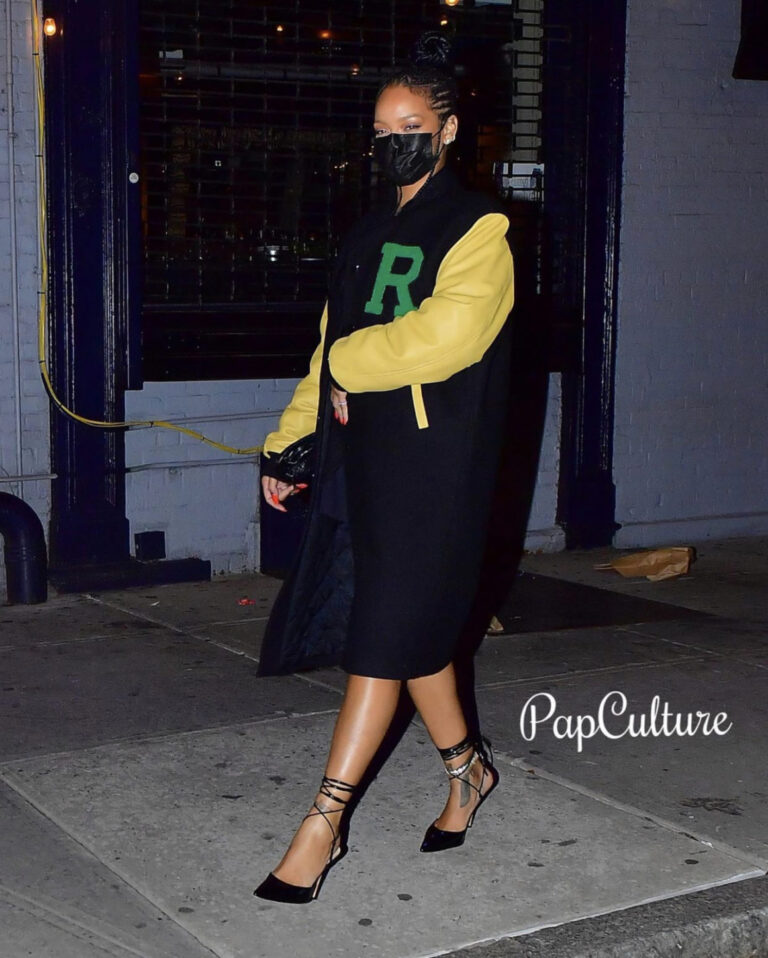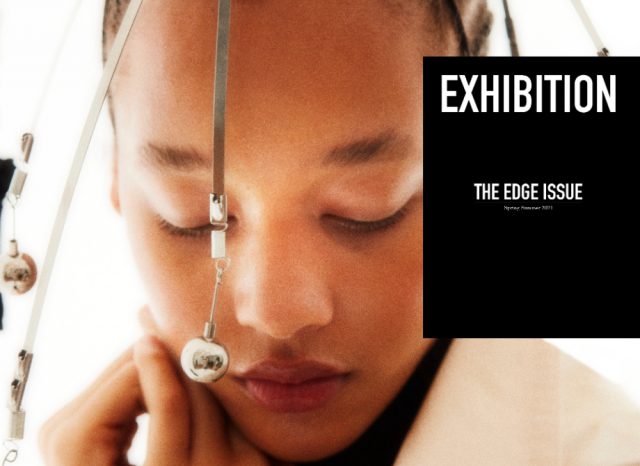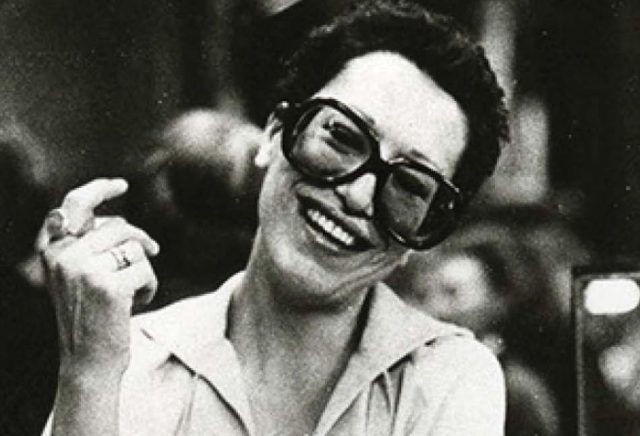Weird clothing in fashion shows is actually a smart tool of marketing for brands! – Unleash Fashion
Fashion shows these days are getting more recognition through a meme or reels than the industry itself. Nevertheless, such weird clothing in fashion shows is something that brands still continue to do. But do you know weird clothing in fashion shows is actually a smart tool of marketing for brands? According to the survey, keeping logistics, materials, and labor involved, these shows cost anywhere from $125,000 to upwards of $312,000.
To put that into perspective, that’s the same price as a luxury car. So why would designers or brands put millions of dollars just to host a show presenting bizarre clothing? Most of us find it ridiculous to see how one can wear such an outfit in any practical form and worse, these bizarre clothes are mocked upon by people. But those clothes are not for you and me. It s not even for selling exactly. Then why do they even make it, if its selling is not the intention in the first place? Well, there is more than one answer to it.
- Weird clothing hype and grabs people’s attention faster
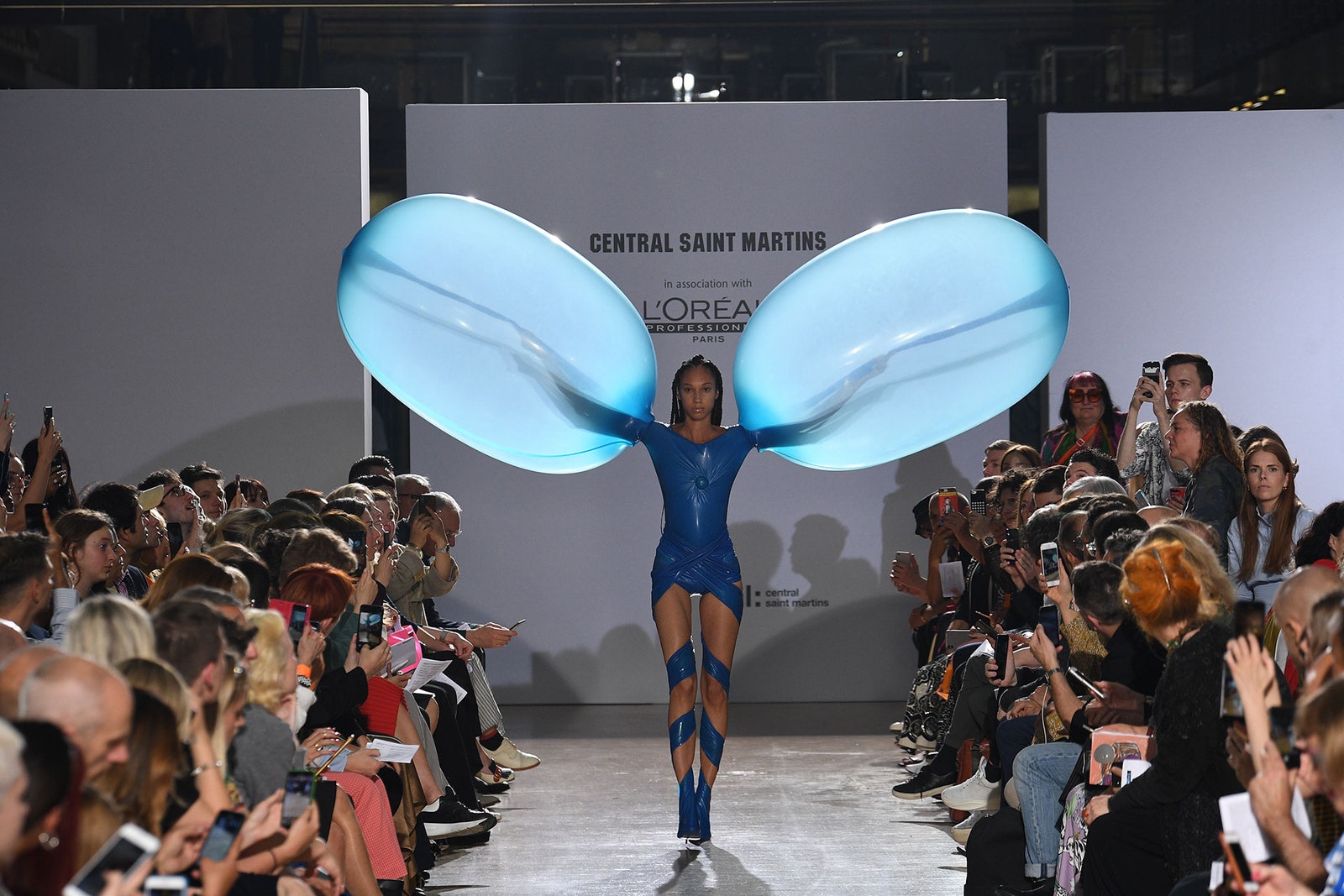
According to psychology, the weirder something looks, the better it is for the consumer to retain its memory. Taking life, for example, we recall the cringe stories with potent clarity and even have a far better memory of whether they happened years ago. It is the notion of peculiarity that can help us understand what makes lasting memories. Some of the top luxury brands use the exact same tactics to get more attention and better retention for their brand. One such astonishing example is the trash bag of Balenciaga which sold for a hefty $1790. It sold for what reason, we have no clue, but the effect of it is that we remember the name of the brand till date.
Weird clothes or unconventional designs in fashion shows can be a smart tool of marketing for certain brands, as they can help to generate attention and buzz which set the brand apart from its competitors. Such bizarre clothing can help create a sense of uniqueness and exclusivity, which can appeal to certain consumers looking for something different or trendy. By creating a limited edition or one-of-a-kind item (aka weird to the common public) with a strange design, brands can generate hype and demand, increasing sales and brand recognition.
- Social Media has a multi-fold effect in gaining recognition.
This is the generation of social media, which has become an important platform for fashion marketing. Weird designs can often generate viral content, which can help to spread awareness of the brand to a broader audience. This can be particularly effective if influencers or celebrities are seen wearing or promoting the brand’s weird clothes. Weirder the stuff, the better the recognition they are going to get. Recently, the show at Paris Fashion Week has grabbed a lot of attention for dresses designed by Viktor and Rolf and you know why!
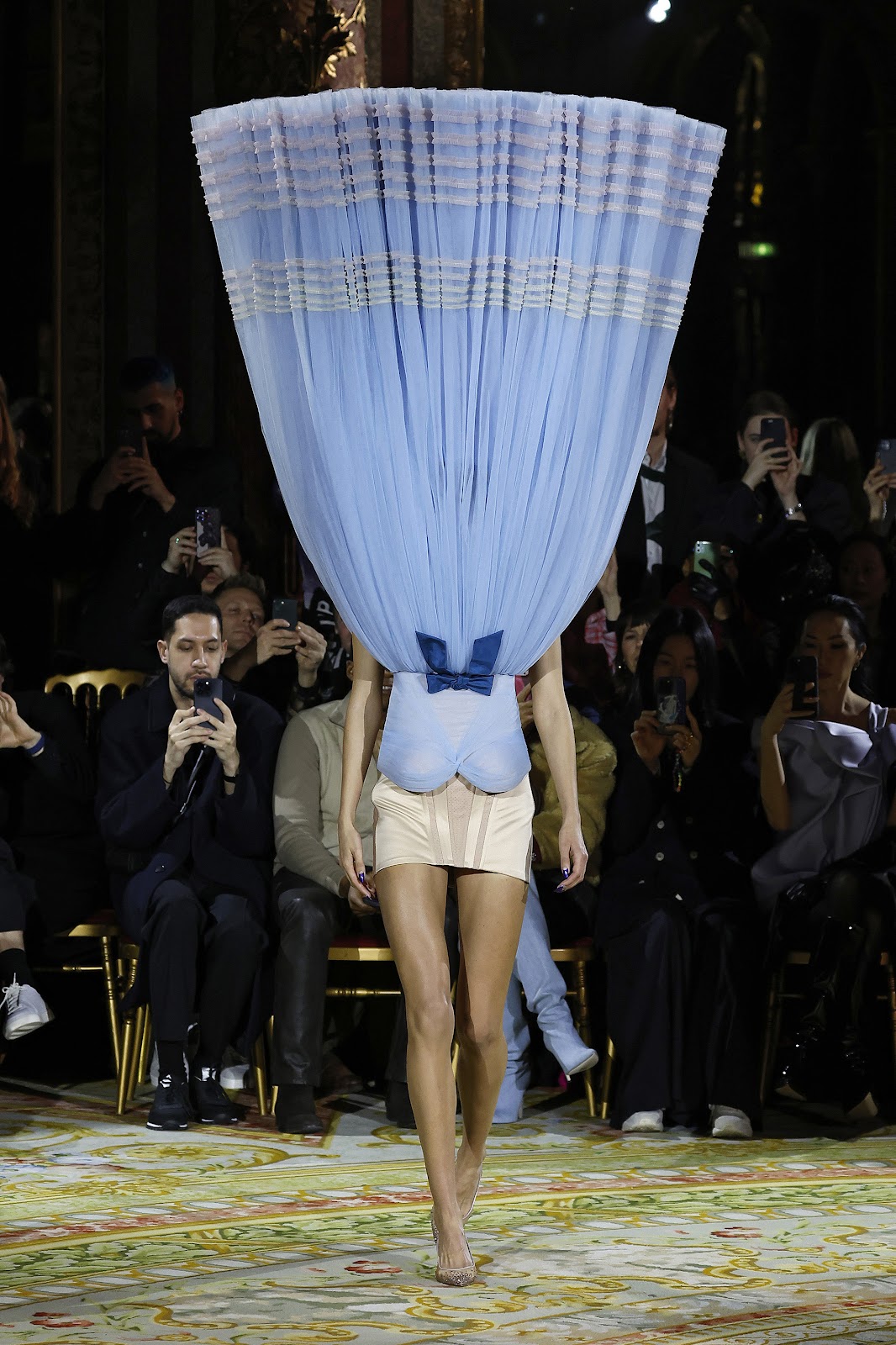
Moreover, weird designs can also appeal to certain segments of the market who are looking for something different and original. By catering to these niche audiences, brands can build a loyal following and create a strong brand identity. There are many brands that create unwearable clothing and yet have an important message to share, this is where the art fills the communication gap through its design.
- Weird Clothing is not for everyone!
It is important to note that not all brands will benefit from this approach, as it may not align with their target audience or brand image. It is also essential to strike a balance between being unique and being too strange or impractical. If a brand’s designs are too outlandish or difficult to wear, it may turn off potential customers and harm the brand’s reputation in the long run. Ultimately, the success of weird designs in fashion marketing will depend on the brand’s target audience, brand identity, and overall marketing strategy.
Many brands do not take this pathway to get recognition. They are doing well by following a conventional pathway and, not to forget, some of the top fashion brands are so surprisingly doing well. Gucci, Louis Vuitton, Hermes, and Armani are to name a few.
- Simply a derivative of art!
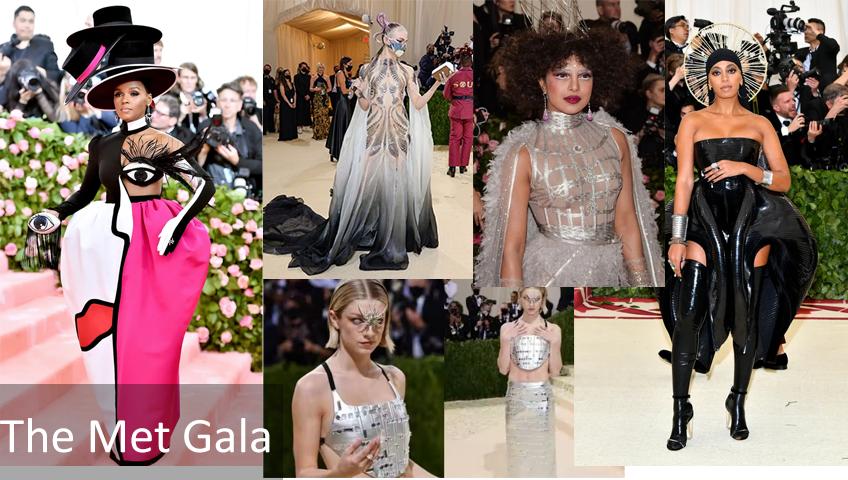
There is an important thing to note that fashion is also a part of art. Sometimes the clothes are only for serving the purpose of art , and do not necessarily have a direct commercial or even logical justification. A famous example is The Met Gala held annually, which raises funds for the NY’s Metropolitan Costume Institute enabling the creative arts to flourish.
Fashion is a part of creative arts, and art could have any expression, interpretation, and modification. An artist can create anything possible through its creativity, knowing well enough the fact that it might look ridiculous to some or make no sense to many. Nevertheless, this is what art is all about. Art is limitless and has no definite boundaries. It is going against the norms that often lead to many sociopolitical conflicts.
Some of the world’s famous designers have gotten their fortune through their “weird clothing”. It is therefore a powerful tool for self-branding as well.
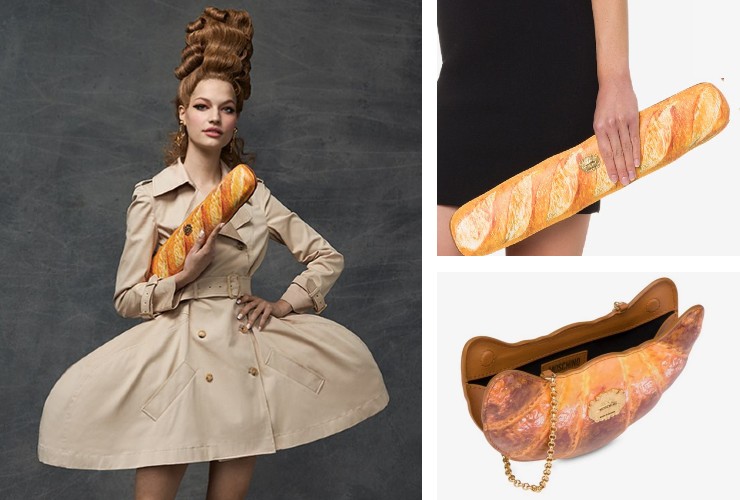
The perfect example of this is the Italian luxury label Moschino, which is popular for creating eye-catching, object-inspired, statement designs and which is of course weird clothing. For its fall/winter 2020 collection, Moschino introduced bags that resembled carbs: a baguette clutch and a croissant bag.
- Acts as a future reference!
Many luxury brands display theme-based extravagant looks popularly known as Avant-garde. Designers often push the boundaries of fashion by creating those unique or avant-garde pieces. Every season, during fashion shows, designers showcase their apparel on a runway. Such unwearable clothing often acts as a reference for mass-market fashion brands. These designs can inspire new fashion trends or influence other designers which then simplified its design as per the buyer’s demand. These shows also act as a reference for customers to take a peek at what they can expect from the brand in the coming future.

Fashion is a luxury. Therefore, it is important to note that weird clothes in the name of fashion may not be accessible or affordable for everyone. They may be priced at a premium, making them exclusive to a certain group of people while many weird designs may not be suitable for certain occasions, workplaces, or cultures.
While it is okay to experiment with fashion and wear what makes you feel confident and comfortable, it is important to be respectful of others’ opinions and beliefs. What one person considers weird clothing or fashionable may not be the same for everyone else. Ultimately, fashion is a personal choice, and it should not be judged or criticized based on someone else’s standards or expectations.
It is also important to balance the uniqueness and practicality of the designs, to ensure that they are not too outlandish or unappealing to the target audience. Eventually, the success of a brand in marketing through weird clothing will depend on the brand’s ability to connect with its target audience and create a unique and memorable brand image.
For more articles like this, check unleashfashion.com

